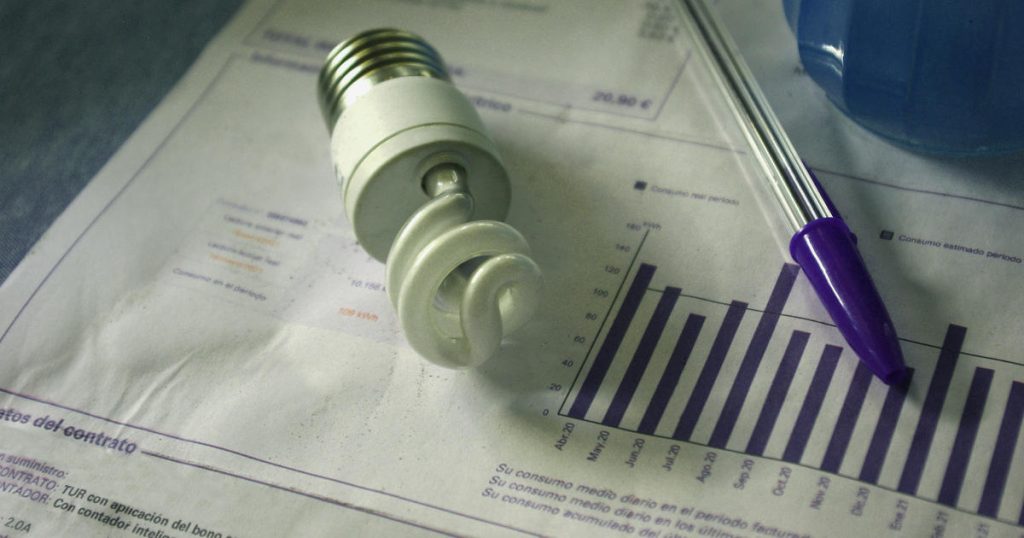Rising temperatures and extreme weather events in the U.S. have led to increased electricity costs, with the average American now paying nearly $300 a month just in utilities. For many, the rising costs have become unaffordable, leading to situations of energy poverty where individuals cannot afford to properly heat or cool their homes. A 2022 study found that 16% of U.S. households experience energy poverty, with 5.2 million households above the poverty line facing this issue. Black, Hispanic, and Native American communities are disproportionately affected by energy inequity.
The cost of electricity is influenced by factors such as natural gas prices, wildfire risk, regulations, and inflation. However, experts highlight that the underlying issue driving up costs is the increasing heat due to climate change. Rising temperatures fuel extreme weather events, leading to higher energy consumption and costs for utility companies. An unreliable national grid has exacerbated the problem, with power outages becoming more frequent and costing the U.S. economy billions annually. The Department of Energy estimates that power outages cost the U.S. economy $28 billion to $169 billion annually.
Multiple polls and studies have highlighted the widespread impact of energy poverty and extreme weather events on Americans. A poll found that 39% of Americans report a major impact of heat on their electricity bills, with 30% indicating a minor impact. Extreme heat is the number one weather-related killer in the U.S., exacerbating cardiovascular and respiratory conditions. Access to affordable electricity is crucial for mitigating health risks associated with extreme temperatures, particularly for households living in poverty and pollution-affected areas.
Experts suggest that investing in clean energy can be a long-term solution to reduce energy costs and mitigate the impacts of climate change. Renewable energy sources have been shown to lower electricity bills and enhance community resilience to extreme weather events. States with high levels of wind and solar generation have experienced lower rate increases in energy bills. By expanding clean energy infrastructure and reducing reliance on fossil fuels, communities can save on energy costs and improve their overall resilience to climate change impacts.
Policy and funding support are essential for accelerating the transition to clean energy and reducing energy costs for consumers. Better planning, competitive resource procurement, and grid-enhancing technologies can help alleviate the pressure on rising rates associated with the transition to clean electricity. Regulators and policymakers play a critical role in ensuring an affordable and accessible transition to clean energy, which can ultimately benefit communities and households by lowering energy expenses and reducing climate change impacts.
In conclusion, addressing the rising costs of electricity and mitigating the impacts of climate change require a multifaceted approach that includes investing in clean energy infrastructure, strengthening the national grid, and implementing policies to support a transition to renewable energy sources. By taking proactive measures to address energy poverty and improve energy equity, communities can reduce their vulnerability to extreme weather events and lower their electricity costs in the long run.


